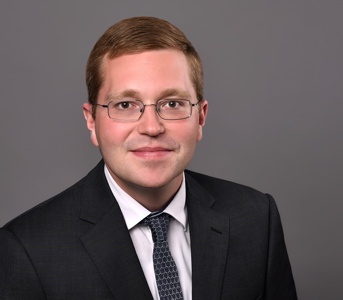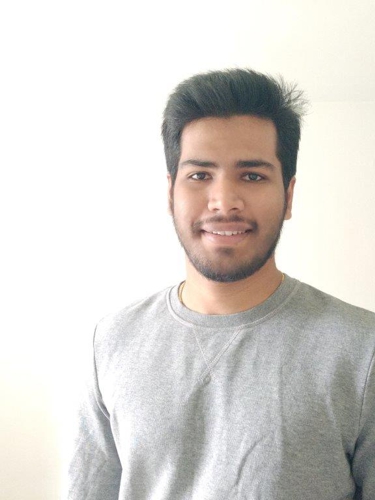Project 11: Materials thermodynamics, kinetics and constitution in the Mo-Si-Ti-Cr-X system

 M.Sc. Andreas Czerny (1st cohort)
M.Sc. Andreas Czerny (1st cohort)
M.Sc. Arun Ramasamy Chitra (2nd cohort)
Supervisors: Prof. Bronislava Gorr, Prof. Britta Nestler
For an efficient development of high temperature materials in the ternary system Mo-Si-Cr, it is essential to understand its thermodynamic equilibria. Usually, the CALPHAD (CALculation of PHAse Diagrams) method is applied which is based on the description of Gibbs free energies of all phases and components. Considering the results of thermodynamic modelling which allows calculations of stable phases, phase fractions, element distribution in individual phases, microstructures and in turn, properties of materials can be predicted. Furthermore, it is possible to calculate thermodynamic data such as enthalpies, heat capacities, chemical potentials etc. of alloy constituents.
In project 11.1, the thermodynamic dataset for the ternary Mo-Si-Ti system and the binary Mo-Si system has been created. Based on key experiments, a reassessment of an existing Mo-Si-Ti dataset was performed. It was shown that while the agreement between calculations and experiments was largely good, several aspects needed refinement. Most critically, the Mo3Si phase exhibits a Si deficiency that was not accounted for in the dataset. In addition, the solubility of the (Mo,Ti,Si) solid solution for Si was much higher in the experiments than in the calculations. For these reasons, a new dataset was developed for the Mo-Si system, taking into account all available literature data. This new dataset achieves the best agreement between experiments and calculations for the system so far. Furthermore, for the first time it is possible to accurately calculate the heat capacities of the Mo-silicides. Based on the new binary dataset and the results of the experiments in this subproject, the dataset for the ternary system Mo-Si-Ti was then refined. The new dataset can accurately calculate the phase equilibria in a wide range of conditions.
In project 11.2, the system Cr-Mo-Si will be thermodynamically described. The main objective is to develop a database for this ternary system and perform calculations which will facilitate the development of alloys within this system. The focus will lie on calculations of isothermal sections and the liquidus surface projection. First, the binary systems will be modelled using well accepted literature data. In order to thermodynamically describe the ternary system Cr-Mo-Si, extensive experimental work will be required to identify the phases in equilibrium since substantial discrepancies on phase equilibria of this system exist in literature. For this purpose, the alloys samples will be manufactured in an arc melter under vacuum conditions and the microstructure of ternary alloys will be investigated in the as cast as well as equilibrated conditions, i.e. after long-term heat treatments. Microstructure and phase compositions will be characterized by XRD, high resolution electron microscopy and local chemical analyses by e.g., EDX, WDX and EBSD. Thermodynamics and kinetics of phase (trans)formation will be additionally studied by thermal analysis and differential scanning calorimetry.
